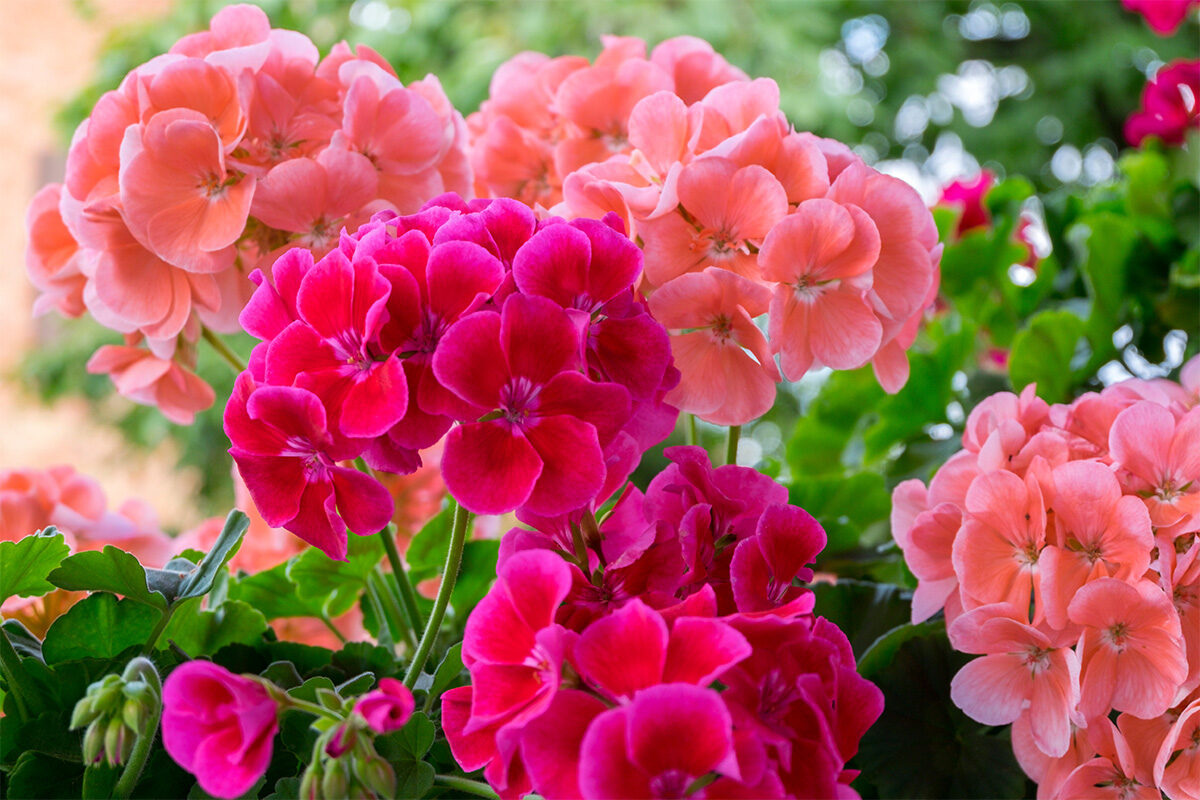

A Gardener’s Tiny Nemesis
There I was, kneeling in my beloved garden, hands deep in the soil, carefully tending to my tomatoes. The sun was warm, the breeze gentle—it was the perfect afternoon to lose myself in my favorite hobby. But then… buzzzz. A high-pitched whine pierced the air, followed by the unmistakable prick of a mosquito’s needle-like bite.
I swatted, missed, and sighed. Another one. And another. Soon, my peaceful gardening session turned into a frantic dance of waving hands and muttered complaints. No matter how much I loved my little green paradise, these tiny bloodsuckers always found a way to test my patience.
If you’ve ever tried to enjoy the outdoors only to become a mosquito’s buffet, you know the struggle. But why are they so relentless? And how can we keep them at bay without ruining the joy of gardening? Let’s dig into the facts—because no hobby should come with an itchy price tag.
Disclosure: Please note that some of the links on this page are affiliate links.
This means that if you make a purchase through one of these links, we may receive a commission
For decades, we’ve relied on chemical-laden sprays, coils, and lotions to keep them at bay. Products packed with DEET, picaridin, and permethrin have been our go-to solutions. But here’s the harsh truth: these chemicals aren’t just harming the mosquitos – they’re harming us too.
Studies have shown that long-term exposure to DEET can cause skin irritation, neurological issues, and even seizures in children. Picaridin sounds safer, but it still disrupts our endocrine system. And let’s not forget the environmental cost: these synthetic chemicals evaporate into the air, contaminate water bodies, and kill beneficial insects like bees and butterflies. Not exactly what we call “protection,” right?
Welcome to the world of the best plants that repel mosquito. This is where nature steps in – literally. Imagine a solution that’s effective, non-toxic, fragrant, and beautiful. These aren’t just random greens; they’re scientifically proven, natural warriors that have been used for centuries in traditional medicine and gardening. By growing mosquito-repellent plants in your backyard or even in pots on your balcony, you’re not just keeping the pests away – you’re creating a sustainable, chemical-free zone for your family to enjoy.
In this article, we’ll explore how these incredible plants work, and more importantly, which are the best plants that repel mosquitos so you can start your eco-friendly journey today.
Table of Contents
How Mosquitos Find You (The Science Behind Mosquito Attraction)
Mosquitos are notorious for their ability to locate and bite humans, causing irritation and sometimes transmitting diseases. Understanding how mosquitos find you can help you take preventative measures to avoid their bites. In this article, we will explore the fascinating world of mosquito hunting techniques and discuss the role of “how mosquitos find you.” Additionally, we will introduce the concept of repellent plants emitting natural oils and terpenes that can confuse and interrupt mosquito sensors.
- Carbon Dioxide Detection
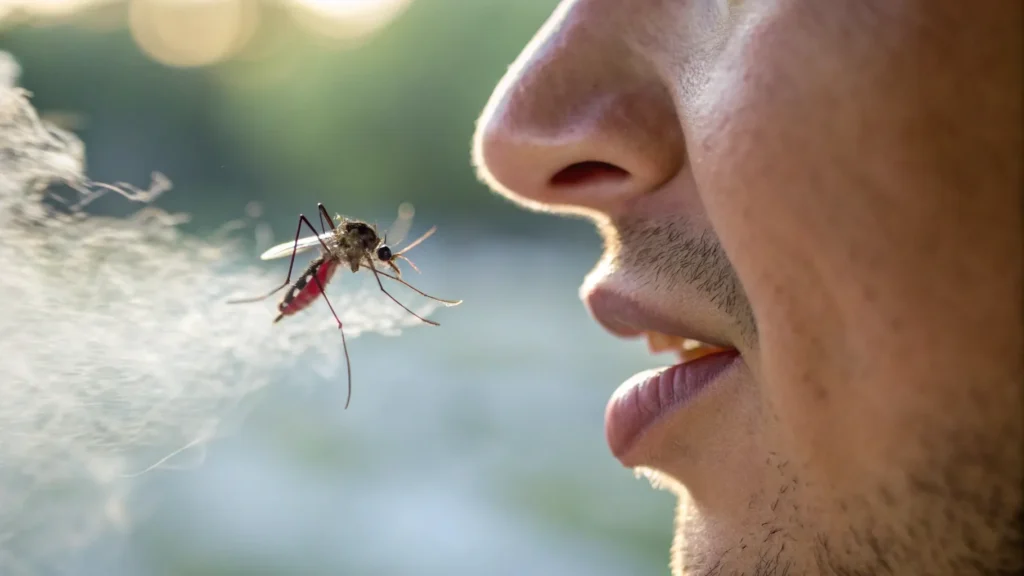
Mosquitos are highly sensitive to carbon dioxide (CO2), a gas we exhale with every breath. Female mosquitos, the ones responsible for biting, can detect even the slightest increase in CO2 levels from up to 164 feet away. This ability allows them to hone in on their target and find a suitable host for their blood meal.
- Body Heat and Moisture

Mosquitos are also attracted to the heat and moisture emitted by our bodies. Their specialized receptors can detect the infrared radiation produced by warm-blooded animals, helping them zero in on their target. This is why mosquitos tend to bite more frequently on warmer days or in humid environments.
- Lactic Acid and Other Chemicals

Our sweat and skin secretions contain various chemicals, such as lactic acid, that mosquitos find attractive. These substances act as additional cues for mosquitos to locate their next meal. People who produce more lactic acid or have a higher concentration of certain chemicals on their skin may be more likely to attract mosquitos.
- Movement and Visual Cues

Mosquitos are also drawn to movement and visual cues. They can detect the motion of a potential host from a distance and use their compound eyes to track the target. Dark clothing and contrasting colors can make you more visible to mosquitos, increasing the likelihood of being bitten.
- Sounds

Recent studies have shown that mosquitos can also detect sounds, particularly the low-frequency sounds produced by our heartbeats. This ability allows them to locate their target more accurately and increases their chances of finding a suitable blood meal.
Understanding how mosquitos find you can help you take preventative measures to avoid their bites. By being aware of the factors that attract mosquitos, such as carbon dioxide, body heat, lactic acid, movement, and sounds, you can make informed decisions about your environment and personal habits to minimize mosquito encounters. Remember, prevention is key when it comes to avoiding mosquito bites and the potential diseases they may carry.
Certain plants emit natural oils and terpenes that can confuse and interrupt mosquito sensors. These substances interfere with the mosquitos ability to detect carbon dioxide, body heat, and other attractive chemicals. Some common repellent plants include citronella, lavender, eucalyptus, and lemon balm. Incorporating these plants into your garden or using essential oils derived from them can help create a mosquito-free environment.
Top 10 Best Plants That Repel Mosquitos
Here are the growth tips, maintenance requirements, and planting instructions for each of the mosquito-repellent plants:
1. Citronella Grass

Okay, here are simple instructions for planting your mosquito-repellent plants perfect for a beginner.
What You’ll Need (Your Tools):
Think of these as your garden “helpers”! You can find these at most garden stores or even places like hardware stores.
- Small Shovel or Trowel: This is like a small hand shovel. You use it to dig holes for your plants.

There’s no such thing as an all-in-one garden tool, but this one sure can do a lot
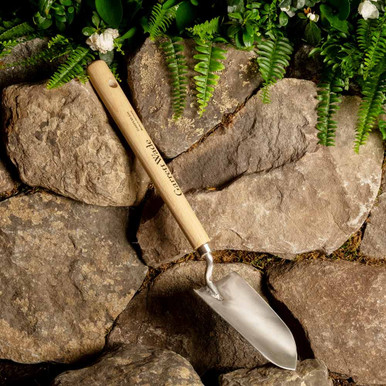
For substantial ergonomic advantage in the efficiency of movement

It’s fabulous when grubbing around and digging on your knees close to new planting

Ideally for planting and digging in even the tightest spots.
- Watering Can: This is a container with a spout, perfect for giving your plants a gentle drink of water.
The benefits of copper in gardening are numerous. Its antimicrobial properties help keep your plants healthy by naturally fighting off bacteria and fungi. Copper’s durability means it can withstand the elements, making it a long-lasting choice for your garden tools and decorations. Learn more here.

Comfortable circular handle extend your reach

The rose head offers a gentle, even spray for delicate plants

The swooping handle provides pinpoint ergonomics for superb support and control

Optimal watering without damaging your delicate seedlings
- Gardening Gloves (Optional but Recommended!): These keep your hands clean and protect them from dirt and thorns (though Citronella doesn’t have thorns!).

Protects your hands and arms during heavy duty outdoor gardening work.

They are designed using two layers of cut and puncture resistant fabric
- Citronella Grass Plant: You’ll buy this at a garden center or nursery. It will usually be in a small plastic pot.
How to Plant Your Mosquito-Repellent Plants (Step-by-Step):
It’s super easy! Just follow these steps:
- Find a Sunny Spot: Citronella grass loves the sun! Pick a spot in your garden or a pot that gets lots of sunshine during the day.
- Dig a Hole: Use your small shovel or trowel to dig a hole in the ground or in your pot. Make the hole about the same size as the pot your Citronella grass came in, maybe a little bit bigger.
- Take the Plant Out of the Pot: Carefully tip the plant on its side and gently slide it out of its plastic pot. Try not to pull too hard on the stem. If it’s stuck, you can gently squeeze the sides of the pot.
- Put the Plant in the Hole: Place your Citronella grass plant into the hole you dug. Make sure the top of the dirt around the plant is level with the ground (or the top of the dirt in your pot).
- Fill the Hole: Use your small shovel or trowel to push the dirt back around the plant’s roots. Gently pat the dirt down with your hands. You want the plant to stand up straight.
- Give it Water: Use your watering can to give your new plant a good drink of water. The dirt should feel moist, but not soggy like mud.
- Keep Watering (Sometimes): Citronella grass likes water, especially when it’s first getting settled. Water it when the top of the soil feels dry. Don’t let it dry out completely, especially in hot weather.
That’s it! Now you have your very own Citronella grass plant that can help keep those pesky mosquitos away! Remember to place it near where you like to sit outside. Enjoy your mosquito-free zone!
Growth Tips:
Citronella grass thrives in warm climates and is often grown as an annual in cooler regions.
- It prefers well-drained soil and regular watering.
Maintenance:
- Cut back the grass in late fall to encourage new growth in the spring.
- Divide clumps every 2-3 years to maintain vigor.
Where to Plant:
- Full sun.
- Can be planted directly in the ground or in large pots.
- Ideal for outdoor spaces like patios and gardens.
2. Lemon Balm (Melissa officinalis)

Growth Tips:
- Lemon balm is a perennial herb that grows well in partial shade to full sun.
- It prefers moist, well-drained soil.
Maintenance:
- Regular pruning helps control its spread and encourages bushier growth.
- Can be invasive, so consider planting it in a contained area or in pots.
Where to Plant:
- Partial shade to full sun.
- Suitable for borders, herb gardens, and pots.
3. Lavender (Lavandula)

Growth Tips:
- Lavender loves full sun and well-drained soil.
- It is drought-resistant once established.
Maintenance:
- Prune after flowering to encourage bushier growth and prevent woody stems.
- Remove dead flowers to promote reblooming.
Where to Plant:
- Full sun.
- Perfect for borders, rock gardens, and pots.
- Avoid planting in areas with high humidity.
4. Basil (Ocimum basilicum)
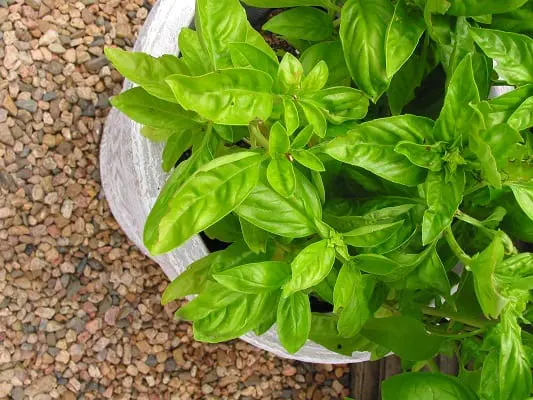
Growth Tips:
- Basil is an annual herb that prefers full sun and well-drained soil.
- Regular watering and fertilization promote robust growth.
Maintenance:
- Pinch back growing tips to encourage bushier growth and more leaves.
- Harvest regularly to promote continuous production.
Where to Plant:
- Full sun.
- Ideal for kitchen gardens, pots, and containers.
5. Rosemary (Rosmarinus officinalis)
Growth Tips:

- Rosemary is a drought-resistant perennial that thrives in full sun and well-drained soil.
- It can be grown as a shrub or a small tree.
Maintenance:
- Prune regularly to maintain shape and encourage new growth.
- Protect from extreme cold in winter.
Where to Plant:
- Full sun.
- Suitable for borders, herb gardens, and pots.
- Can be invasive in warm climates, so consider container planting.
6. Peppermint (Mentha piperita)
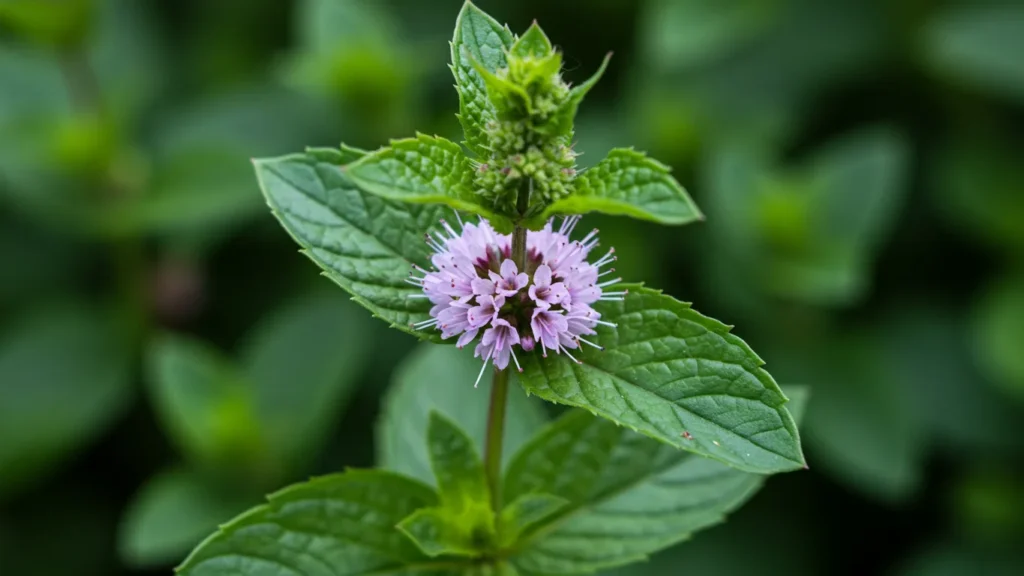
Growth Tips:
- Peppermint is a vigorous perennial that prefers partial shade to full sun and moist, well-drained soil.
- It can be invasive, so plant it in a contained area or in pots.
Maintenance:
- Regular watering and fertilization promote robust growth.
- Harvest leaves before the plant flowers for the best flavor.
Where to Plant:
- Partial shade to full sun.
- Ideal for herb gardens and pots.
- Avoid planting near other plants due to its invasive nature.
7. Catnip (Nepeta cataria)

Growth Tips:
- Catnip is a perennial that prefers full sun to partial shade and well-drained soil.
- It is drought-tolerant once established.
Maintenance:
- Deadhead spent flowers to encourage reblooming.
- Divide clumps every 2-3 years to maintain vigor.
Where to Plant:
- Full sun to partial shade.
- Suitable for borders, herb gardens, and pots.
- Can be invasive, so consider container planting.
8. Marigold (Tagetes)
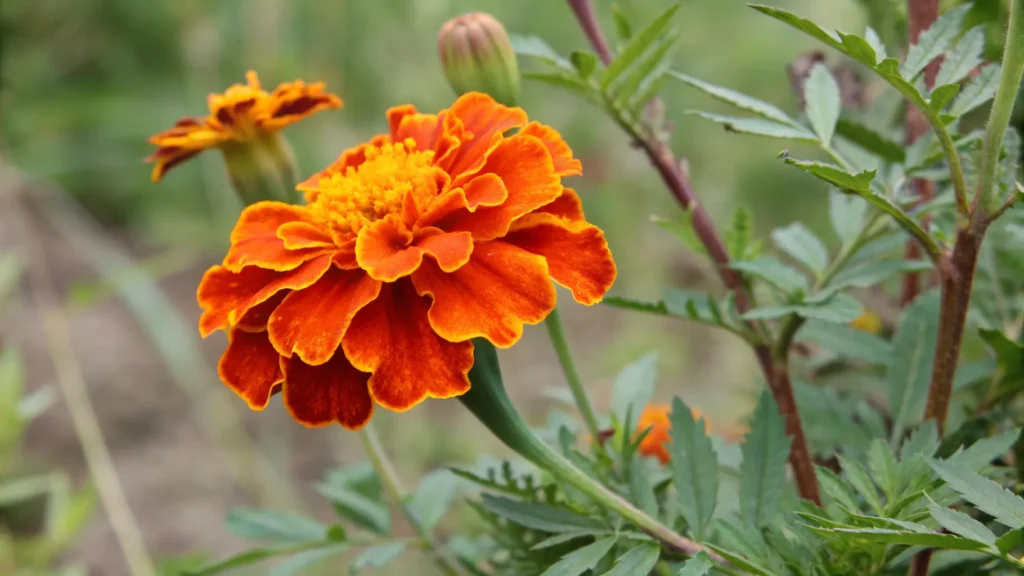
Growth Tips:
- Marigolds are annuals that prefer full sun and well-drained soil.
- They are easy to grow from seeds and benefit from regular watering.
Maintenance:
- Deadhead spent flowers to encourage continuous blooming.
- Pinch back growing tips to promote bushier growth.
Where to Plant:
- Full sun.
- Ideal for borders, companion planting, and pots.
- Great for adding color to gardens and repelling pests.
9. Geranium (Pelargonium graveolens)
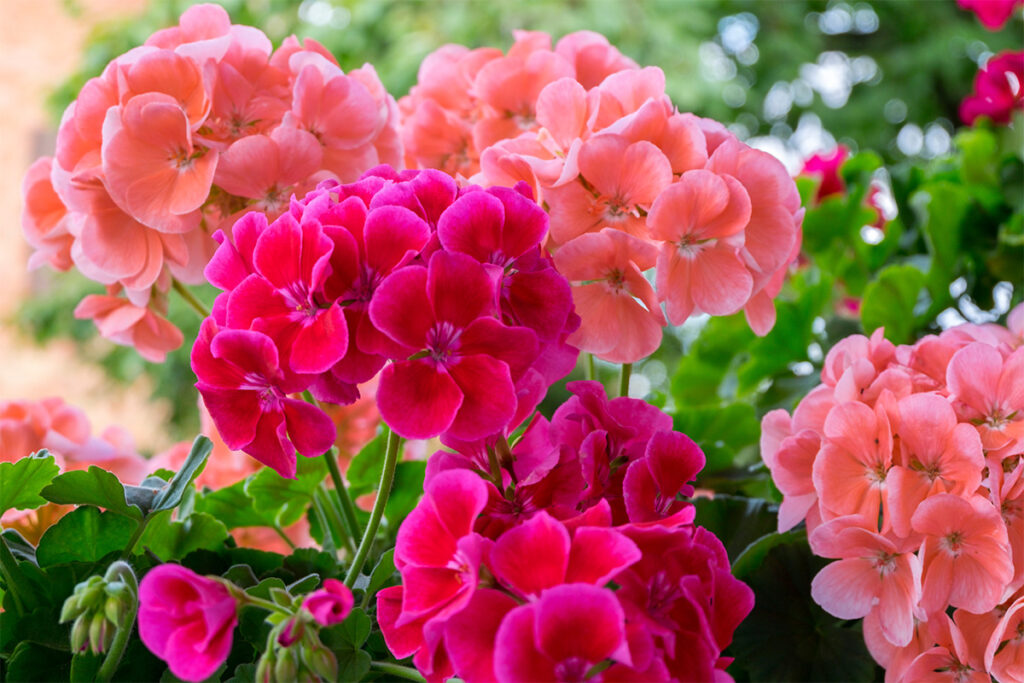
Growth Tips:
- Geraniums are perennial shrubs that prefer full sun and well-drained soil.
- They are drought-tolerant once established.
Maintenance:
- Prune regularly to maintain shape and encourage bushier growth.
- Remove dead flowers to promote reblooming.
Where to Plant:
- Full sun.
- Suitable for borders, containers, and hanging baskets.
- Can be grown indoors in bright light.
10. Lemongrass (Cymbopogon citratus)

Growth Tips:
- Lemongrass is a perennial that prefers full sun and well-drained soil.
- It is drought-tolerant once established.
Maintenance:
- Cut back the grass in late fall to encourage new growth in the spring.
- Divide clumps every 2-3 years to maintain vigor.
Where to Plant:
- Full sun.
- Ideal for outdoor spaces like patios and gardens.
- Can be grown in large pots.
By incorporating these plants into your outdoor spaces, you can naturally disrupt how mosquitos find you, making your environment less inviting to these pests.
Companion Planting 101: Strategically Growing Mosquito-Repellent Plants
Companion planting is a gardening technique that involves strategically placing plants together to maximize their benefits. This practice can enhance growth, improve pest control, and even boost the overall health of your garden. By understanding how different plants interact, you can create a harmonious and productive ecosystem in your outdoor space. Here’s how you can use companion planting to grow mosquito-repellent plants effectively.
Examples of Effective Companion Planting
Basil and Tomatoes
Planting basil near tomatoes is a classic example of companion planting. Basil not only repels mosquitos but also deters tomato hornworms and other pests. Additionally, basil improves the flavor of tomatoes and can enhance their growth. This mutually beneficial relationship makes it an excellent choice for any vegetable garden.
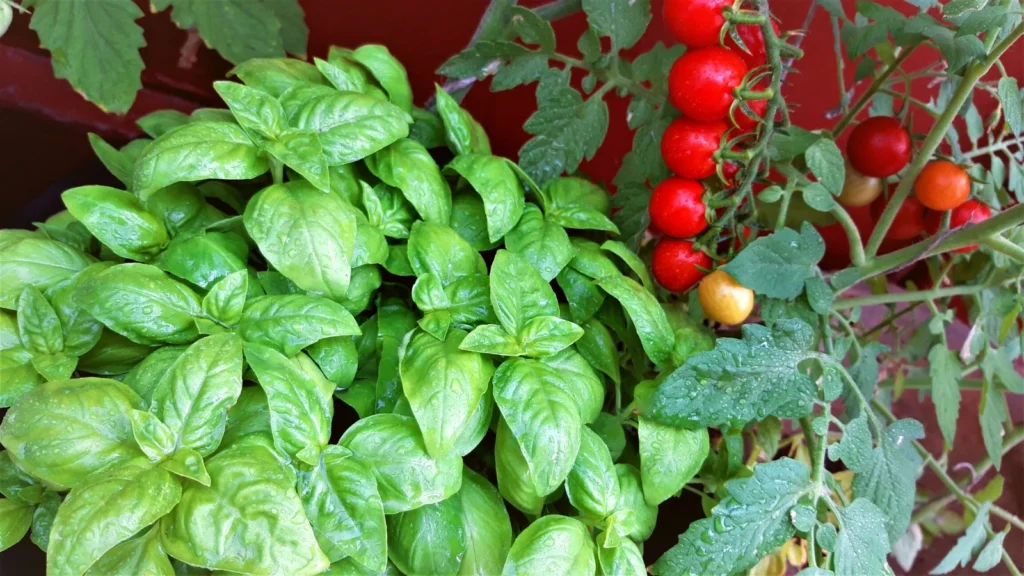
Marigolds and Carrots
Marigolds are known for their vibrant colors and mosquito-repelling properties. When planted with carrots, marigolds help repel nematodes, which are microscopic worms that can damage carrot roots. This makes marigolds an excellent companion plant for carrots, ensuring healthier and more robust carrot growth.
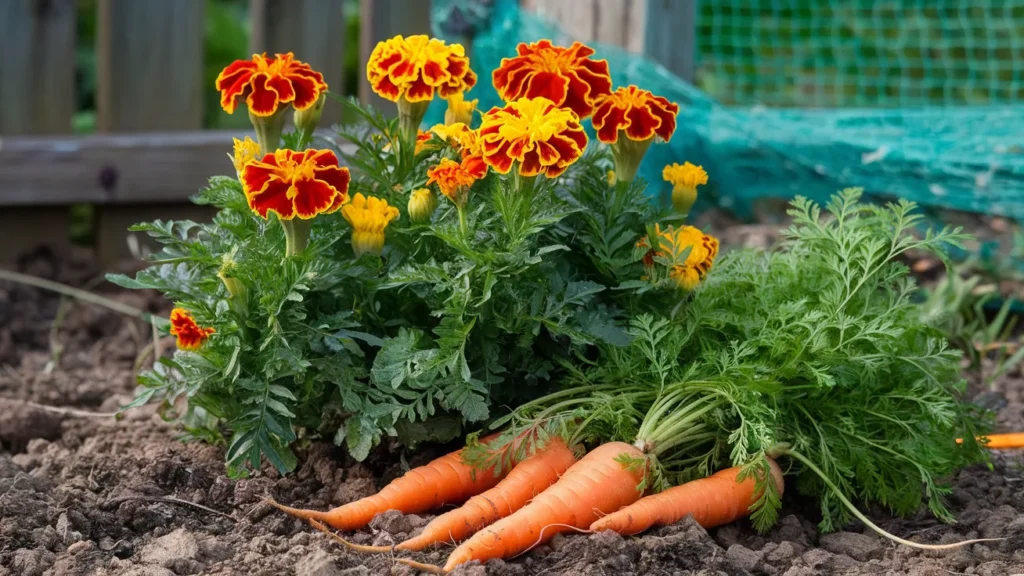
Lavender and Roses
Lavender is not only a beautiful and fragrant plant but also a natural mosquito repellent. When planted near roses, lavender adds an aesthetic appeal and provides protective benefits. The strong scent of lavender can deter pests, including mosquitoes, from attacking the roses. This combination creates a visually appealing and pest-resistant garden bed.
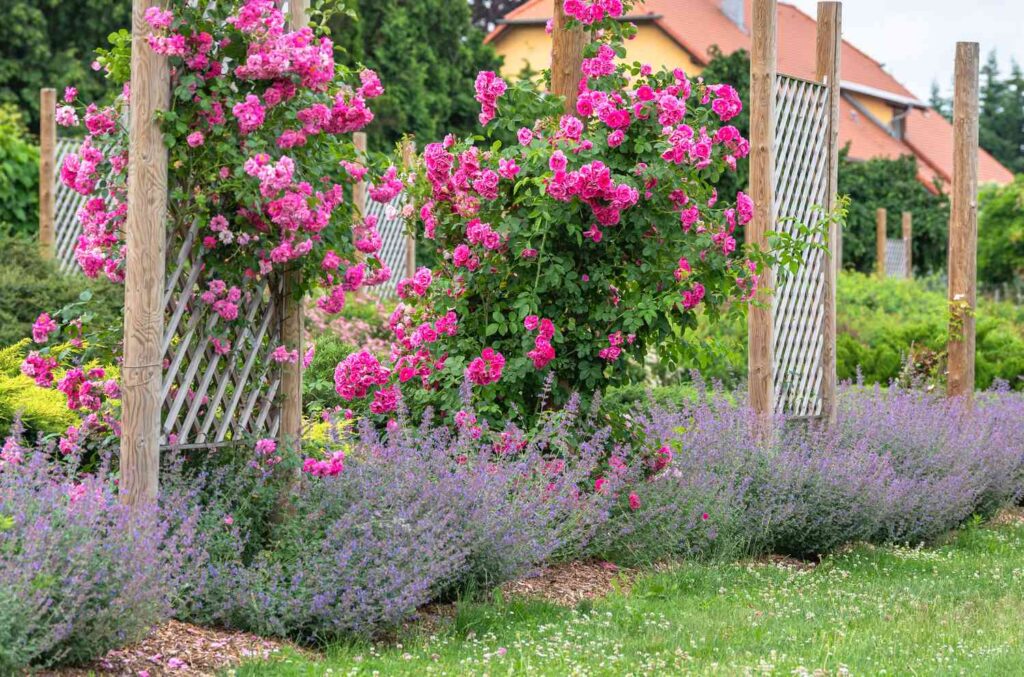
Incorporating Mosquito-Repellent Plants
By strategically placing mosquito-repellent plants like basil, marigolds, and lavender in your garden, you can create a natural barrier against mosquitos while also benefiting from their companion planting advantages. Here are some tips for effective companion planting:
- Plan Your Layout: Map out your garden to ensure that mosquito-repellent plants are placed near plants that benefit from their presence.
- Consider Plant Needs: Ensure that the plants you choose have similar water and sunlight requirements to thrive together.
- Rotate Crops: Regularly rotate your plants to prevent the buildup of pests and diseases, maintaining a healthy garden ecosystem.
Designing a mosquito-repellent garden layout requires careful planning and consideration of various factors, including plant placement, height, and even lunar phases. Here are some design tips to help you create an effective mosquito-repellent garden, with visuals playing a crucial role in illustrating these concepts.
- Perimeter Planting: To create a natural barrier against mosquitos, consider planting repellent species along the edges of your garden or yard. This strategic placement can help deter mosquitos from entering your outdoor space. Ideal perimeter plants include citronella grass, lemon balm, and catnip.

- Layered Approach: Arrange your mosquito-repellent plants in a layered formation, with taller species in the back, mid-sized plants in the middle, and low-growing varieties in the front. This design not only creates an aesthetically pleasing garden but also maximizes the effectiveness of each plant’s repellent properties. For example, plant tall rosemary and lemongrass in the back, mid-sized lavender and geranium in the middle, and low-growing mint and basil in the front.
- Container Gardening: If you have limited space or a balcony, consider using containers to grow your mosquito-repellent plants. This method allows you to create a portable, mosquito-free zone that can be easily moved around your outdoor area. Suitable container plants include peppermint, basil, and geraniums.
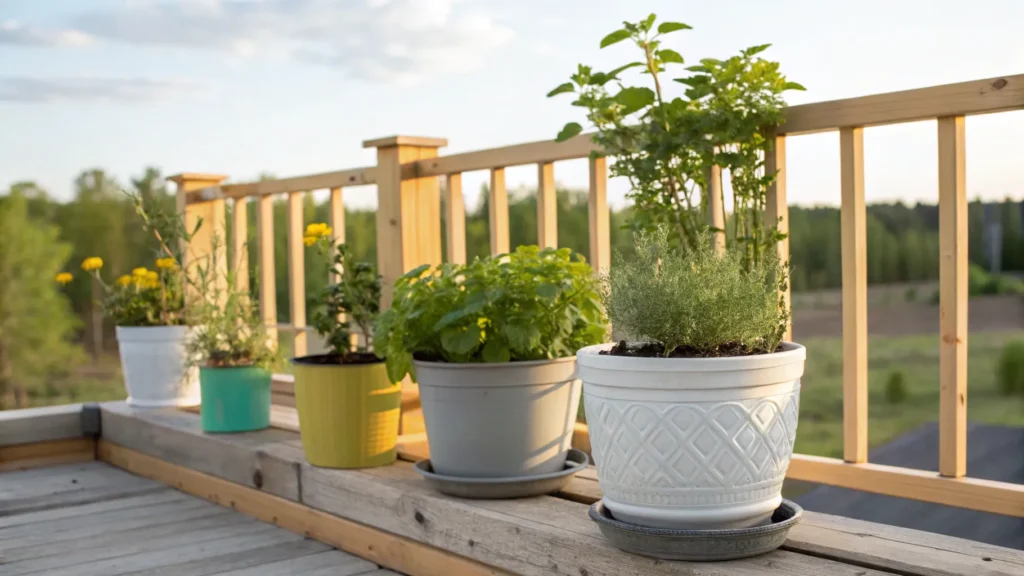
- Moon Planting: Some gardeners believe that planting during specific lunar phases can enhance a plant’s natural properties, including the strength of its essential oils. For mosquito-repellent plants, consider planting during the full moon to potentially boost their effectiveness.

Benefits Beyond Mosquito Control: Health & Wellness Perks
Creating a mosquito-repellent garden offers more than just pest control; it can significantly enhance your overall health and well-being. Here are some of the additional benefits of incorporating mosquito-repellent plants into your garden.
Aromatherapy Benefits of Lavender
Lavender is renowned for its calming and soothing properties. The aroma of lavender can help reduce stress and anxiety, promoting a sense of relaxation and tranquility. Placing lavender plants near your outdoor seating areas or in your bedroom can create a peaceful environment conducive to better sleep and reduced stress levels.

Basil: Antioxidant and Anti-Inflammatory Properties
Basil is not only a delicious culinary herb but also a powerhouse of antioxidants and anti-inflammatory compounds. Regular consumption of basil can help boost your immune system, reduce inflammation, and even improve digestion. Growing basil in your garden ensures a fresh supply of this beneficial herb for your meals and teas.
Rosemary: Memory Enhancement and Cognitive Boost
Rosemary is known for its cognitive benefits, including improved memory and concentration. The aroma of rosemary can help enhance mental clarity and focus, making it an excellent plant to have in your study or workspace. Additionally, rosemary’s antioxidant properties can support brain health and may help reduce the risk of age-related cognitive decline.
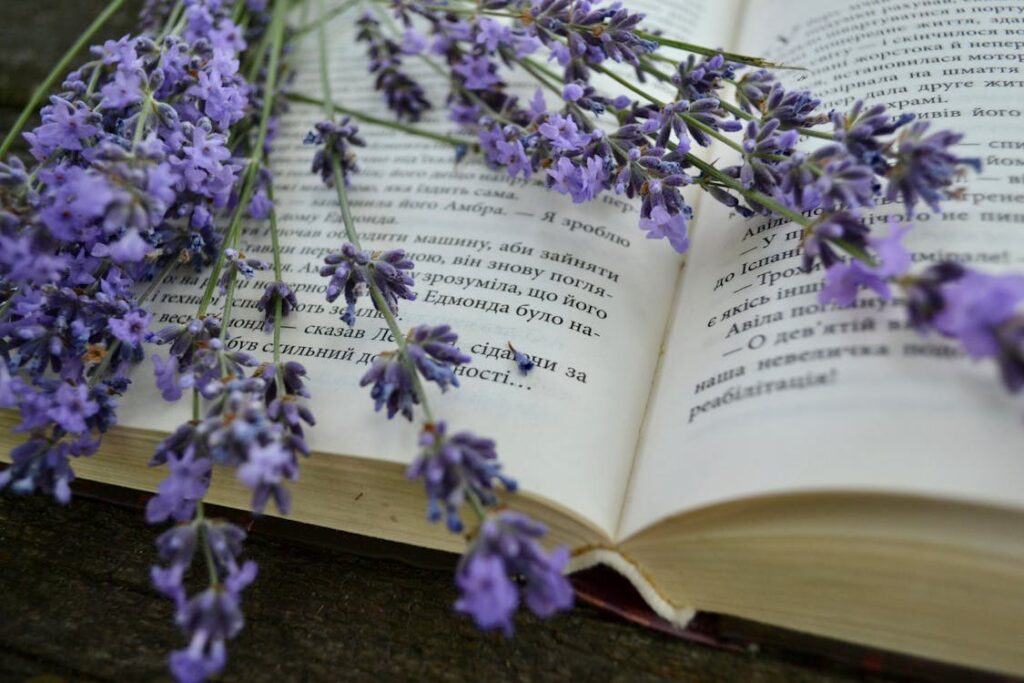
Holistic Gardening: A Lifestyle Upgrade
Incorporating mosquito-repellent plants into your garden is a form of holistic gardening, which focuses on creating a harmonious and beneficial environment. This approach goes beyond pest control, offering a lifestyle upgrade that enhances your physical and mental well-being. By surrounding yourself with plants that have therapeutic properties, you can create a sanctuary that promotes health, relaxation, and overall wellness.
By embracing the benefits beyond mosquito control, you can transform your garden into a holistic haven that supports your health and well-being. Enjoy the aromatherapy, antioxidant, and cognitive benefits of your mosquito-repellent plants while creating a beautiful and functional outdoor space.
Common Mistakes When Growing Mosquito-Repellent Plants (And How to Avoid Them)
Growing mosquito-repellent plants can be a rewarding experience, but it’s easy to make mistakes that can hinder their effectiveness. Here are some common pitfalls and how to avoid them.
Overwatering Mint
Problem: Mint is a hardy plant, but overwatering can quickly lead to root rot and death.
Agitate: Imagine investing time and effort into your mint plants, only to see them wilt and die due to overwatering.
Solution: Ensure your mint plants have well-drained soil and water them only when the top inch of soil is dry. Mint prefers moist but not waterlogged conditions.
Image Suggestion: A photo of healthy mint plants with a watering can nearby.
Not Pruning Rosemary
Problem: Rosemary can become woody and lose its potency if not pruned regularly.
Agitate: Picture your rosemary plant becoming unruly and less effective at repelling mosquitoes due to lack of maintenance.
Solution: Prune rosemary regularly to encourage new growth and maintain its potency. Cut back the plant by about one-third in late winter or early spring.
Image Suggestion: A photo of a well-pruned rosemary bush.
Planting Citronella in Shade
Problem: Citronella grass thrives in full sun and will not grow well in shady areas.
Agitate: Think about the disappointment of seeing your citronella plants struggle and fail to thrive in a shady spot.
Solution: Plant citronella grass in a location that receives at least 6-8 hours of sunlight daily. This will ensure robust growth and maximum mosquito-repelling effectiveness.
Image Suggestion: A photo of citronella grass growing in full sun.
Forgetting to Replace Old Lemongrass Stalks
Problem: Lemongrass stalks can become old and woody, reducing their effectiveness.
Agitate: Envision your lemongrass plants losing their potency over time, making them less effective at repelling mosquitoes.
Solution: Regularly replace old lemongrass stalks with new ones to maintain their freshness and potency. Cut back the plant in late fall to encourage new growth in the spring.
Image Suggestion: A photo of fresh lemongrass stalks being harvested.
To maintain the health and effectiveness of your mosquito-repellent plants throughout the year, it’s essential to provide them with proper care during each season. Here are some seasonal tips to help you care for your plants year-round:
Summer: During the hot summer months, your mosquito-repellent plants will require more water to stay hydrated. Ensure that they receive full sun exposure to promote optimal growth and essential oil production. Regularly check the soil moisture and water your plants accordingly, taking care not to overwater.
Winter: To protect your mosquito-repellent plants from frost and cold temperatures, consider covering them with a frost cloth or moving them indoors. If you live in a region with mild winters, you may only need to provide some extra insulation around the base of the plants. Regularly check on your plants during the winter months to ensure they remain healthy and protected.
Spring: As your plants begin to wake up from their winter dormancy, it’s essential to provide them with nutrients to support new growth. Fertilize your mosquito-repellent plants with organic compost or a balanced, slow-release fertilizer in the early spring. This will help promote healthy growth and ensure that your plants are ready to repel mosquitoes as the warmer months approach.
Pest Control: Even mosquito-repellent plants can fall victim to pests like aphids and spider mites. To protect your plants, regularly inspect them for signs of infestation and treat them with organic insecticidal soap or neem oil as needed. Encouraging beneficial insects like ladybugs and lacewings into your garden can also help keep pest populations in check.
Eco-Friendly Impact: How Choosing Plants Beats Chemicals
Choosing mosquito-repellent plants over chemical repellents is not only beneficial for your health but also for the environment. The eco-friendly impact of opting for natural solutions is significant and multifaceted.
The Environmental Cost of Chemical Repellents
The use of chemical insecticides and repellents has a profound impact on the environment. According to the Environmental Protection Agency (EPA), approximately 70% of household insecticides end up in water bodies, contaminating aquatic ecosystems and posing risks to wildlife. Additionally, chemical repellents contribute to urban air pollution, accounting for about 15% of the total pollution in urban areas. (Source: Study on Urban Air Pollution)
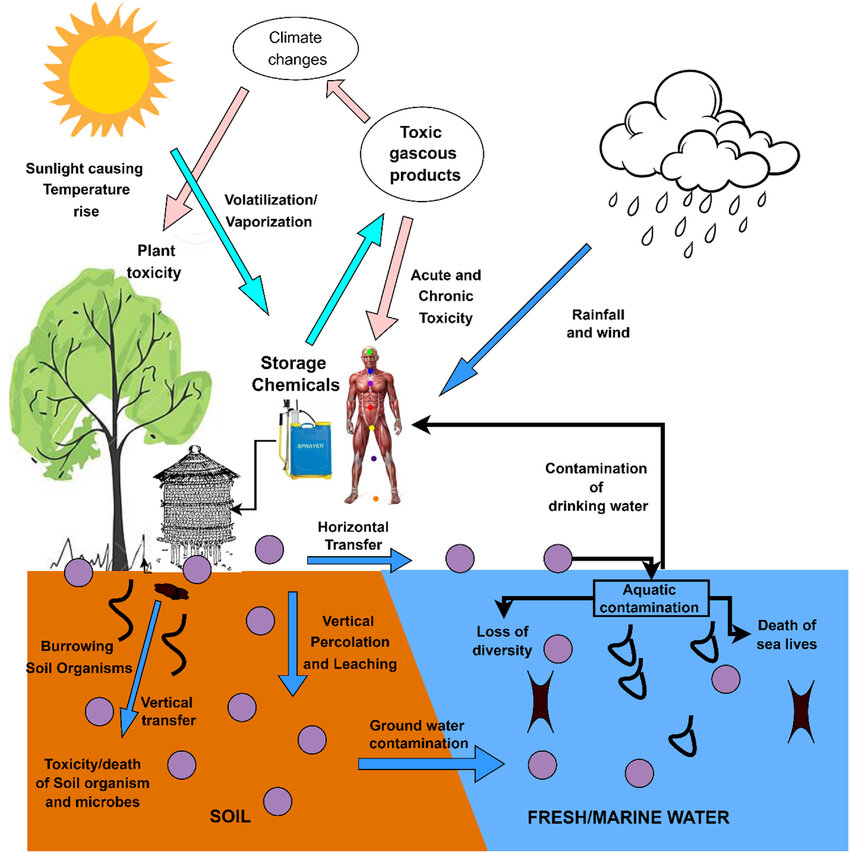
The Benefits of Choosing Plants
Air Quality and Climate
Plants absorb carbon dioxide (CO2) and release oxygen, making them natural air purifiers. By incorporating mosquito-repellent plants into your garden, you contribute to improved air quality and help mitigate climate change.

Biodiversity Support
Mosquito-repellent plants support local biodiversity by providing habitats and food sources for beneficial insects like bees and butterflies. These pollinators are crucial for the health of ecosystems and agricultural productivity.
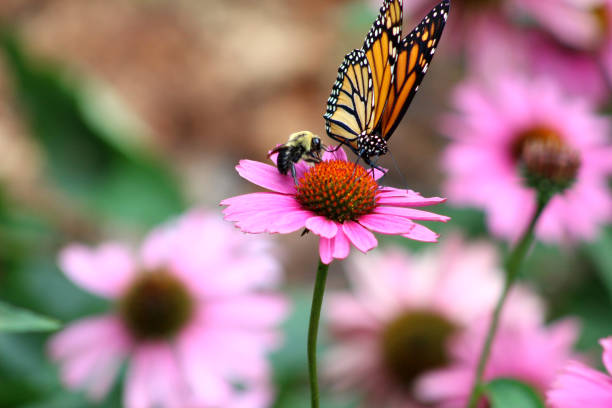
Reduced Chemical Exposure
By choosing plants over chemicals, you reduce your exposure to harmful pesticides and repellents. This not only benefits your health but also protects the environment from the adverse effects of chemical pollution.
Expert Insights
Eco-warriors and green gardening experts emphasize the importance of choosing plants over chemicals. As renowned environmentalist Jane Goodall once said, “What you do makes a difference, and you have to decide what kind of difference you want to make.” By opting for natural mosquito repellents, you make a positive difference for both your health and the environment.

Rosemary Alexander, a leading expert in green gardening, adds, “Gardening with native and beneficial plants is not just about aesthetics; it’s about creating a sustainable and healthy ecosystem. Plants are nature’s solution to many of our environmental challenges.”
By embracing mosquito-repellent plants, you contribute to a healthier planet and a more sustainable future. Make the eco-friendly choice and enjoy the benefits of a natural, chemical-free garden.

